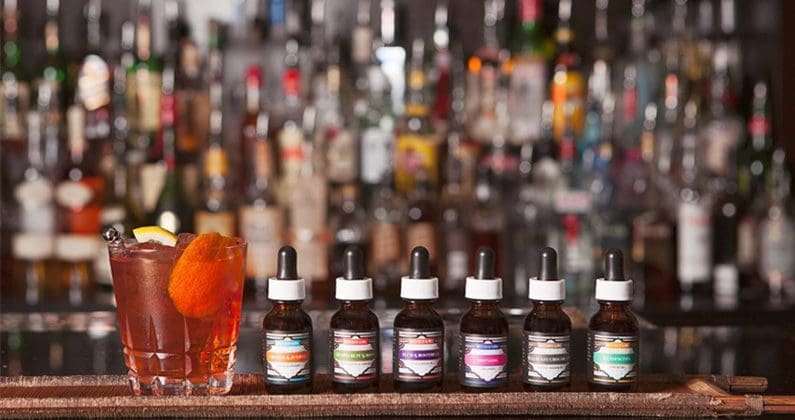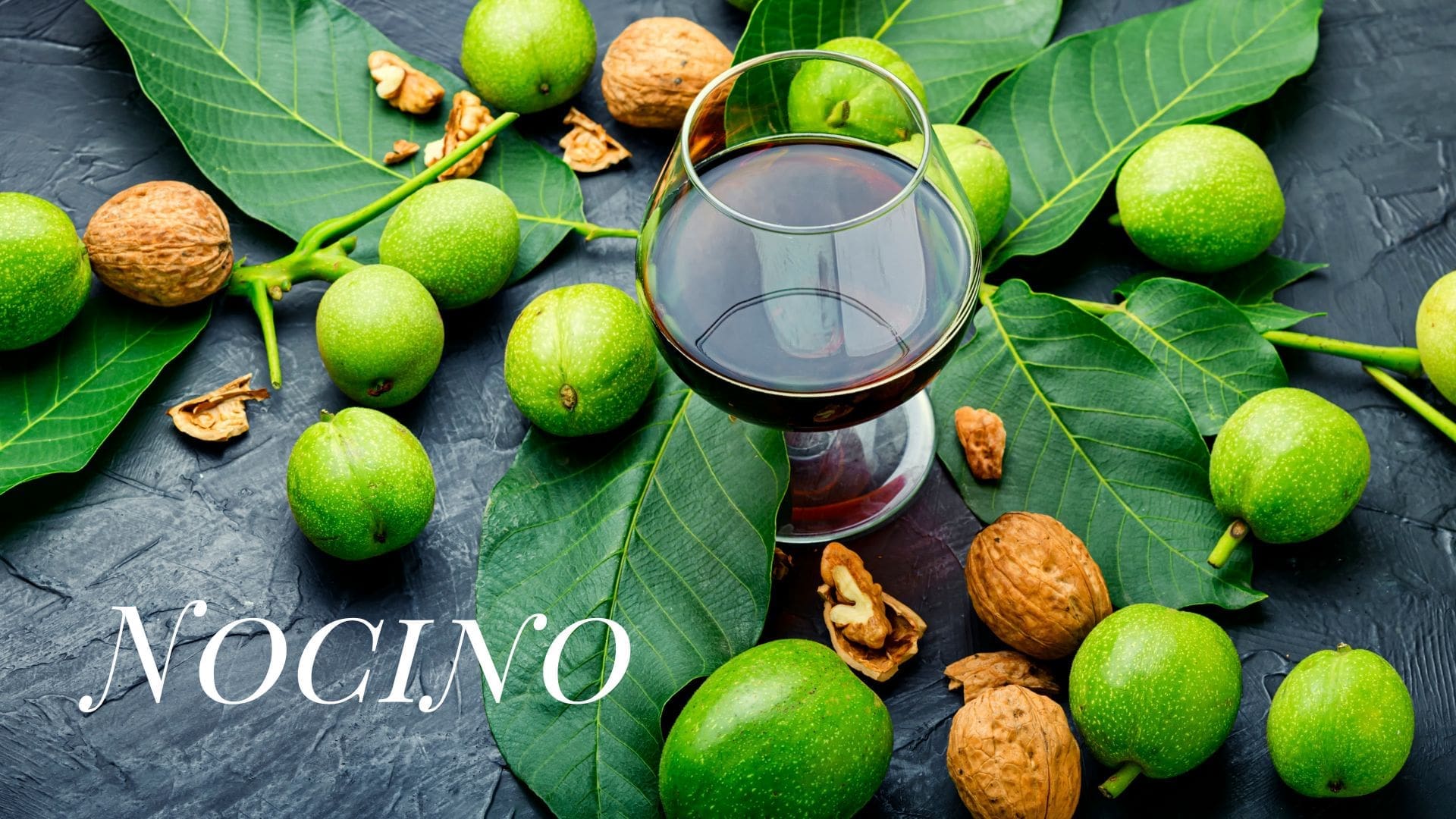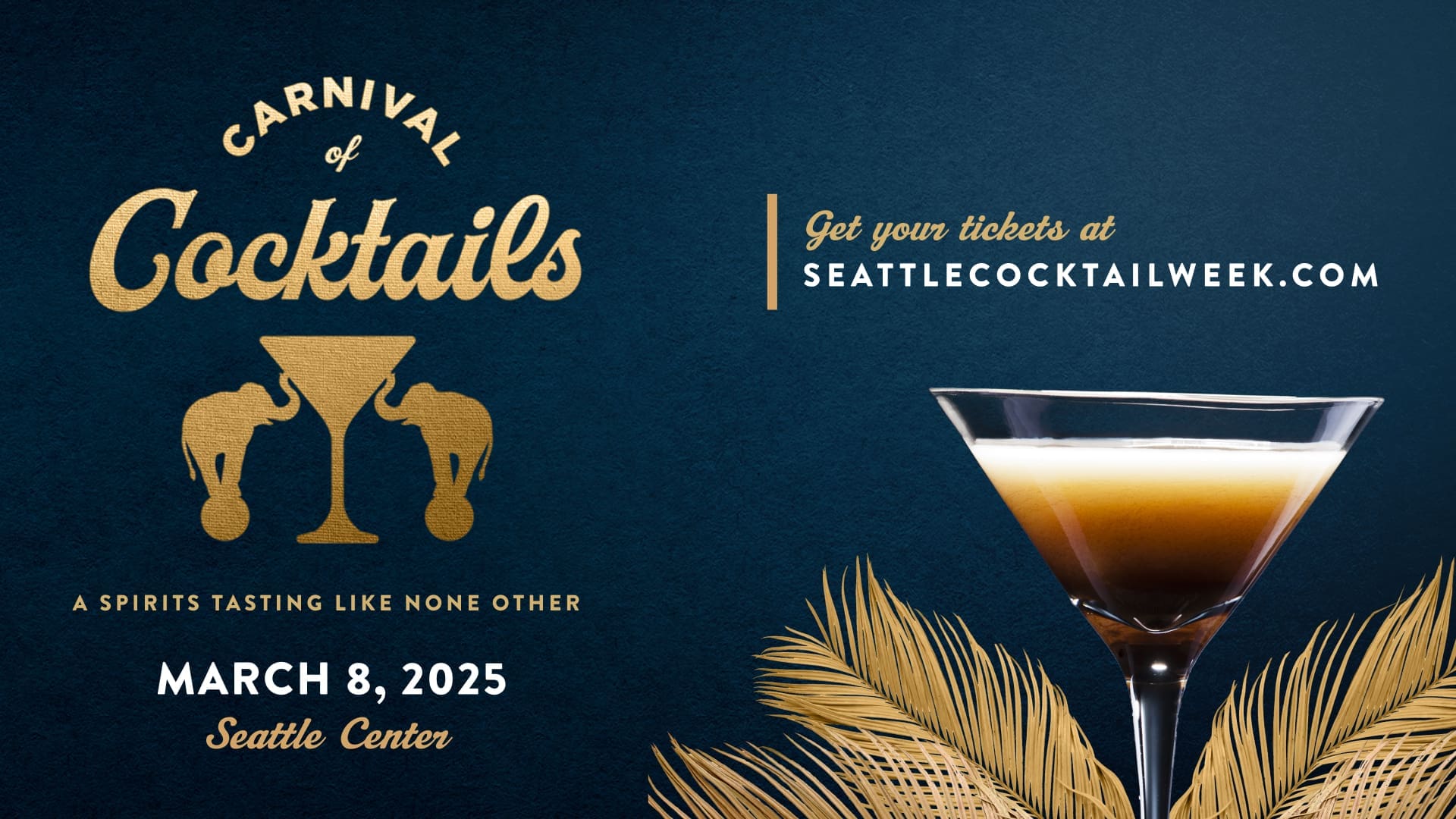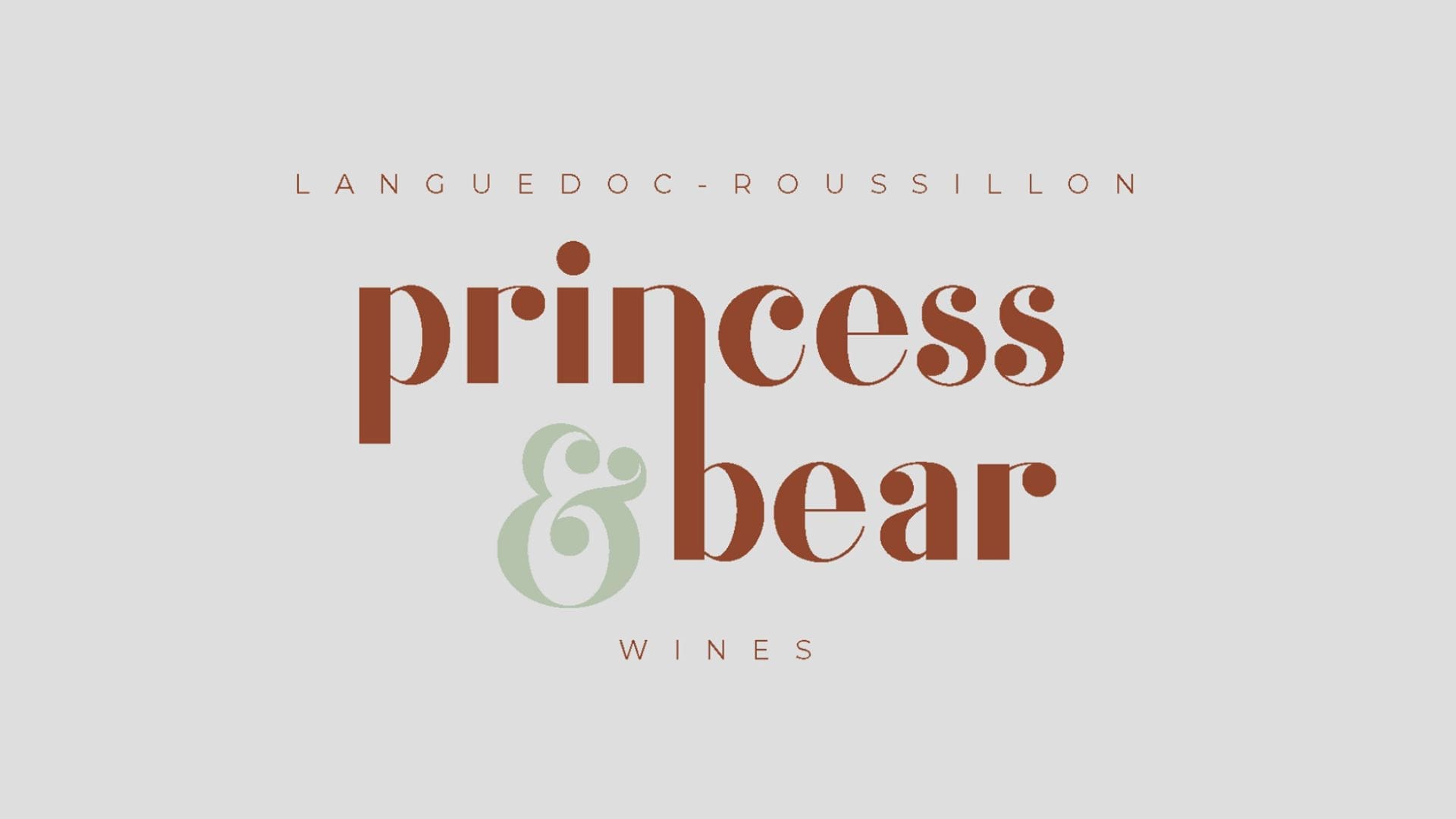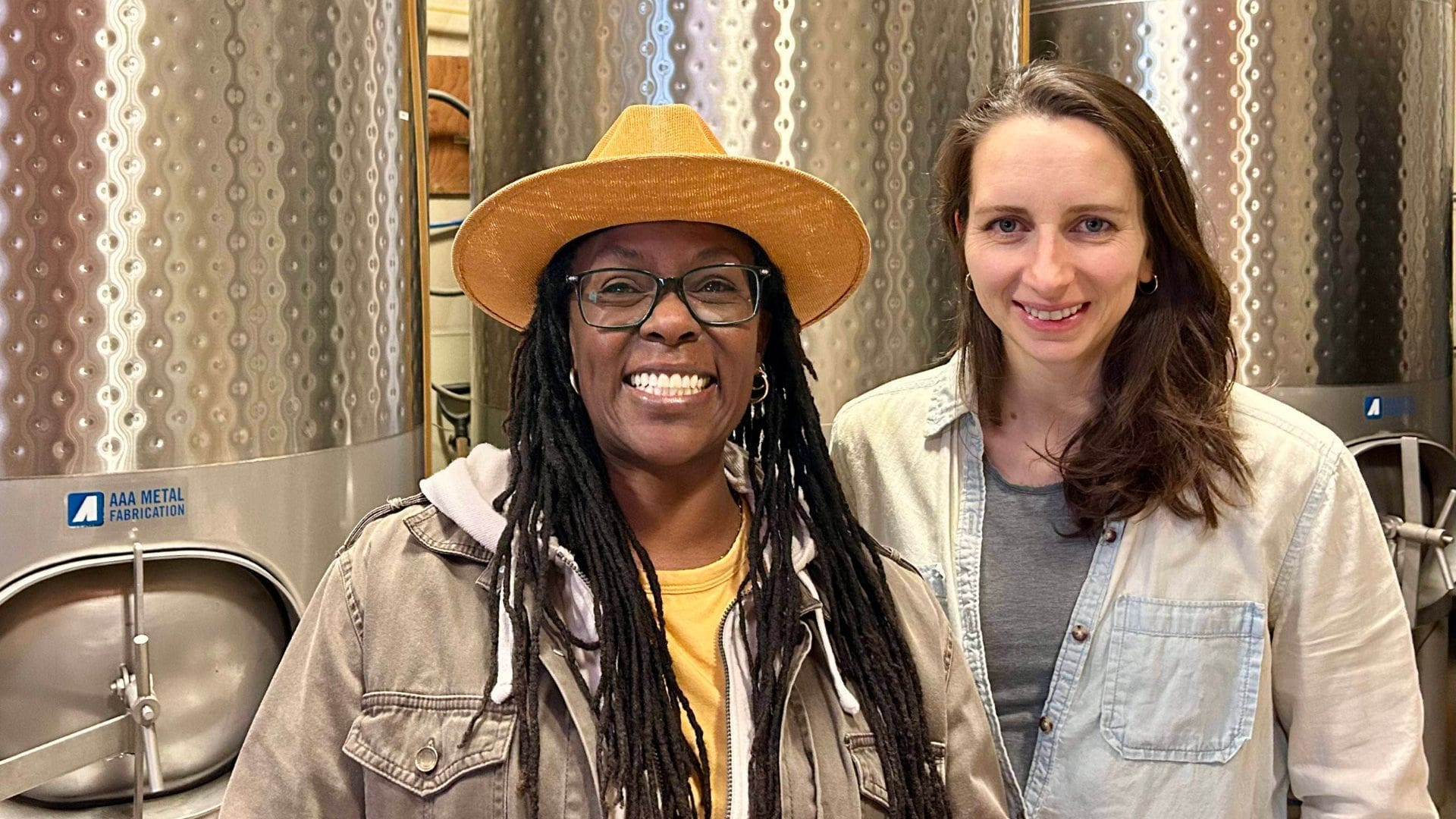Bitters are one of the most important cocktail and mocktail ingredients in a bartender’s arsenal. Yet, they may not be as highly regarded or understood as they should be. The “original cocktail” was a mixture of sugar, water, spirit and the addition of bitters, so chances are, any time you’ve sipped something a bit more complicated than your average Screwdriver or vodka cranberry, you’ve probably sipped a cocktail following a similar recipe, utilizing bitters to add a more complex flavor profile.
But what exactly are bitters? And how do they make their way behind the bar? We sat down with Lauren Mote, co-proprietor of Bittered Sling in Vancouver, British Columbia, to learn a bit more.
What exactly are bitters?
According to Mote, bitters have been around for centuries and have been used in many ways, including once purported to treat ailments. But when it comes to a great drink, bitters are essentially the seasoning or the spice selection behind the bar.
“Bitters are used in cocktails the same way a chef uses salt and pepper or a high-end vinegar,” Mote says. “They push flavors forward in the cocktail world.”
Bitters are a highly concentrated infusion of high proof alcohol. Utilizing a grain or fruit base spirit, any mixture of botanicals, soft spices, baking spices, citrus peels and herbs, as well as bitter roots or bark, is introduced to create the ideal combination of flavors.
How are bitters made?
Making bitters requires careful calculation. “You can’t just stick ingredients in a jar with high proof alcohol,” Mote says. “They’re created in layers. We use alcohol to extract flavors over a period of time and the ingredients react differently at certain times.”
As ingredients are chosen, they’re introduced to the base spirit, allowing each component to macerate together. According to Mote, the longer ingredients are left to sit, the better, but not much happens beyond 30 days. In that 30-day window, pretty well all flavors have been extracted.
How are bitters used?
Our palate can taste sweet, salty, sour and bitter, and introducing bitter in conjunction with other flavors makes a dish or a drink complete. Mote says one of the biggest misconceptions about bitters is that they’re added to quite literally make a drink taste bitter, but that isn’t necessarily the case. Yes, bitter roots or barks are incorporated, giving bitters their name, but that doesn’t mean the actual finished flavor produced is always bitter.
Every type of bitters features a different mixture of ingredients, each offering a new dynamic flavor profile, which ultimately creates balance. “The user can drastically change the outcome of their drink just by changing the bitters, changing out the bitters allows for creativity for the user,” she adds. “There’s so much complexity in a bottle of bitters, and they make a drink bloom in incredible ways.”

